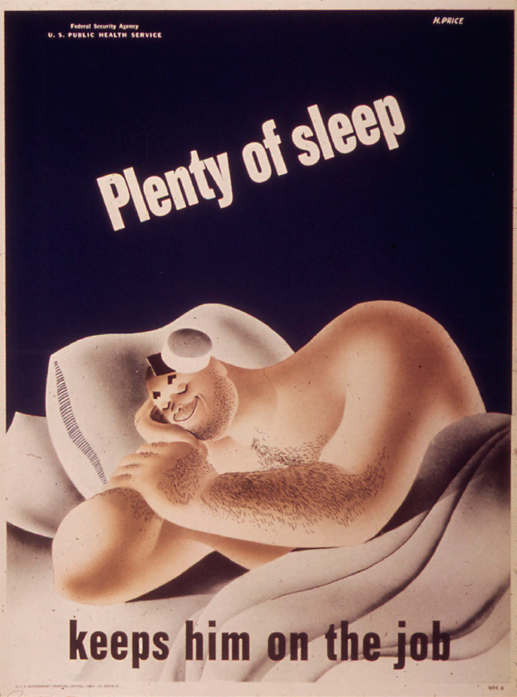
Normal sleep consists of two primary stages that cycle four to six times during the night: non-rapid eye movement (NREM) sleep—about 70–75 percent of total sleep—and rapid eye movement (REM) sleep, during which dreaming occurs. Hypnotics are a class of drugs taken to treat insomnia, a condition in which there is difficulty in falling asleep, staying asleep, or early morning awakening. The ideal hypnotic induces a state that resembles natural sleep and does not alter these phases. The bromides, barbiturates, and benzodiazepines all increase the amount of time spent in NREM sleep and decrease REM sleep. However, when the drugs are suddenly discontinued, the body attempts to catch up on lost REM time—a “REM rebound”—leading to excessive dreaming and sleep disturbances.
Two Z drugs, zolpidem (Ambien, 1992) and the newer zaleplon (Sonata, 1999), are distinct from benzodiazepines but act at the same benzodiazepine receptor that is involved with sleep. Both drugs shorten the time for sleep to occur, and Ambien increases the total sleep time. These drugs have several advantages over such sleep-promoting benzodiazepines as estazolam (ProSom), flurazepam (Dalmane), and triazolam (Halcion). The Z drugs do not appear to disrupt normal sleep patterns and cause minimal hangover residual drowsiness and depression the following day. Tolerance and physical dependence have been reported after the use of Ambien, however, so this drug is only recommended for short-term (less than four weeks) treatment of insomnia.
Instances of sleepwalking, in which individuals drive cars, cook, carry on complex conversations, or engage in sex, have been reported after taking Ambien and related drugs. U.S. Representative Patrick Kennedy (D-RI) crashed his car into a security barricade near the Capitol building at 2:45 a.m. in 2006 after taking two drugs: Phenergan, a heavily sedating drug being used for a stomach disorder, and Ambien. Shortly after this event, he admitted himself to a drug rehabilitation program to treat his addiction to prescription pain medications.
SEE ALSO Bromides (1857), Chloral Hydrate (1869), Paraldehyde (1882), Barbital (1903), Phenobarbital (1912), Nembutal and Seconal (1928), Librium (1960), Valium (1963).

The Office of War Information, operating from 1942–1945, assembled war news for domestic consumption and, using posters such as this one, endeavored to promote patriotism and increase worker productivity to support the war effort.